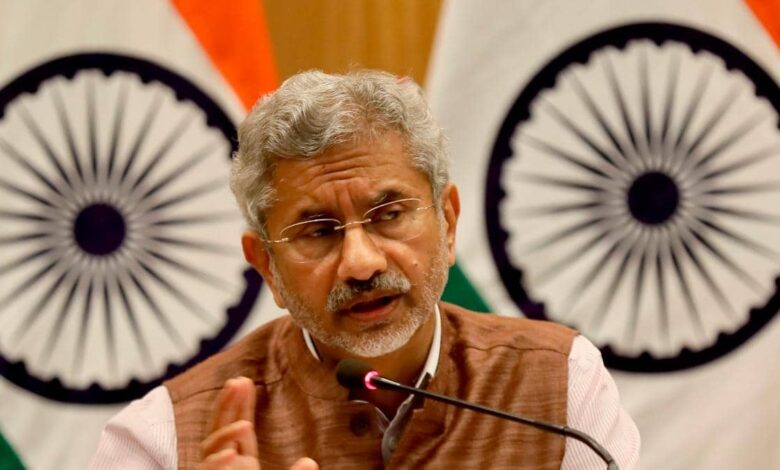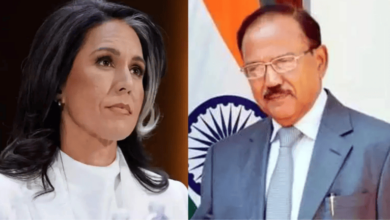
On November 3, Indian External Affairs Minister S. Jaishankar said that recent de-escalation efforts between India and China in eastern Ladakh could facilitate further positive steps in their bilateral relationship. Speaking to the Indian community in Australia on the sidelines of his five-day visit, Jaishankar stressed how much tension between both countries has eased.
Reflecting on current affairs, Jaishankar said, “We have made some progress in what we call disengagement.” Considering the flare-ups that had taken place over time, the minister added, it was time for India to take a call on the way forward after this disengagement.
Jaishankar pointed out the mass deployment of Chinese troops along the Line of Actual Control, saying it changed in 2020. “There are very large numbers of Chinese troops deployed who were not there before 2020, and we, in turn, have counter-deployed,” he said.
He added that during this period, the broader aspects of the relationship also suffered a knock, underlining the imperative need to determine the future direction after disengagement. “The disengagement is a welcome step, opening up the possibility for other steps to happen,” he commented.
After a recent meeting between Prime Minister Narendra Modi and Chinese President Xi Jinping in Russia, Jaishankar was confident: “Expectations were that both the national security advisor and myself would meet our counterparts. So that’s really where things are.
Jaishankar’s remarks follow the successful disengagement of Indian and Chinese troops at two critical locations in eastern Ladakh-Demchok and the Depsang Plains. Following a verification process, the Indian Army has resumed patrols in these areas of contention along the border.
This stand-off between the two countries continues due to China’s provocative actions on the LAC. Indian officials have consistently stated that relations could be normalized only when the situation along the border changed to that that prevailed before May 2020.



